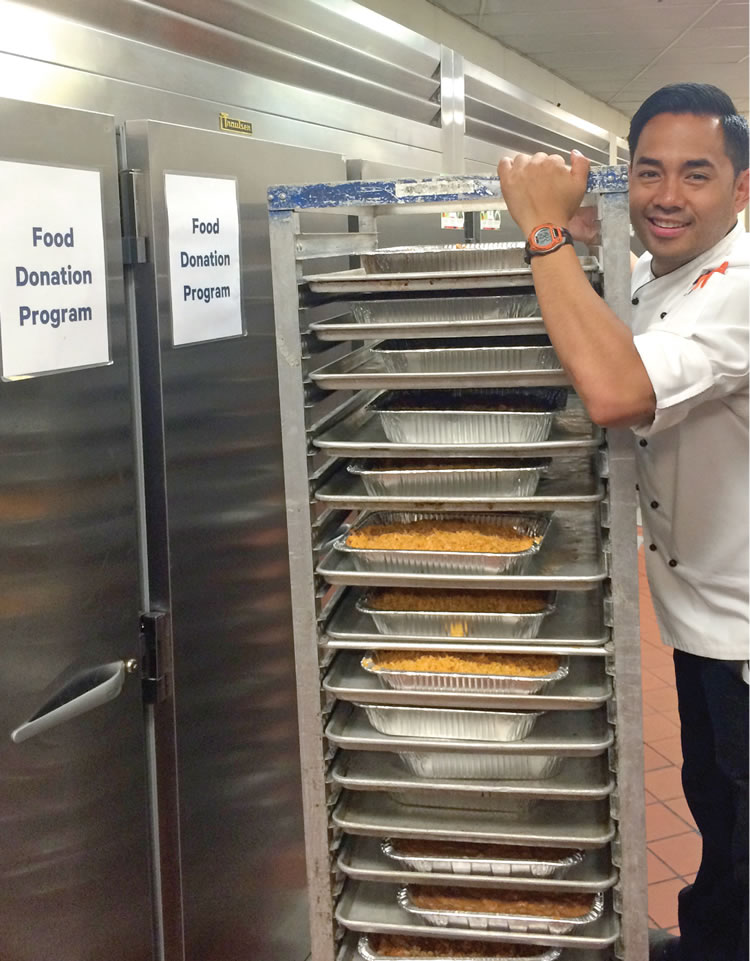A survey found that large food providers in the City of San Diego are adopting a more environmental, social and economic approach for their food purchasing and diversion systems.
Ana Carvalho
BioCycle October 2017
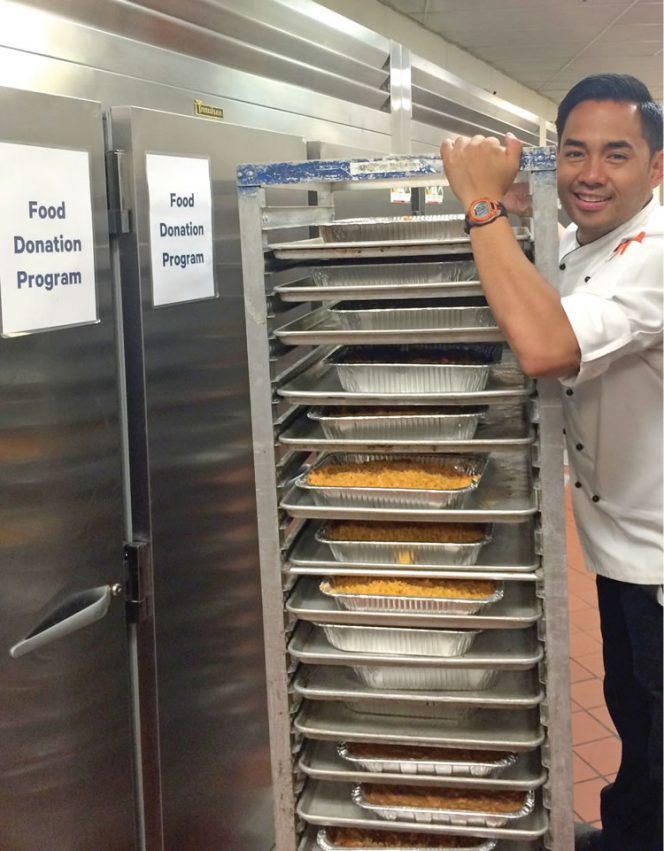
The Sheraton San Diego Hotel & Marina recovers prepared food for donation.The City of San Diego’s (City) Commercial Food Scraps Diversion Program was established in 2001 through collection of food waste from individual larger generators to be processed at the City’s composting facility, the Miramar Greenery. Larger venues include facilities such as the airport, amusement parks, convention center, larger hotels, university campuses, hospitals, etc. In 2005, City staff began more structured outreach to expand the program, educating businesses about different options to divert food waste. In 2011, the 10-year old program was expanded through a partnership with franchise haulers to establish the City’s first commercial food scraps collection route.
That change included substantial education for the diversion program’s existing and new participants about the U.S. EPA’s Food Waste Diversion Hierarchy (EPA Hierarchy). This included the social, environmental and economic benefits of implementing food donation programs to benefit people and diversion to feed animals, and the legal protections offered to donors. All existing participants were already recycling the fats, oil and grease being generated.
Source reduction and food donation to people or animals are sensitive topics to broach with generators. Their first response to the suggestion of source reduction tends to be denial of overpurchasing or overproduction. In addition, their lack of familiarity with the “Bill Emerson Good Samaritan Act” leads to misconceptions about potential liabilities of food donation to feed people. Other common misconceptions, such as the homeless population waiting for food at their door and extra costs for separation and collection of food for donation, were reasons given to not implement a donation program to people. Furthermore, most of the businesses were not aware of potential tax benefits they could realize from establishing a donation program.
Moving To Top Of Hierarchy
Over the course of the program’s history, City staff’s experience has indicated that the best way to overcome barriers to source reduction and food donation is to show businesses how much and what types of food they were sending to organics diversion via composting. City staff deemed that the more effective and faster route to guide food waste generators to follow the EPA Hierarchy, was enlisting them in the food waste composting program, and then moving up the Hierarchy to Feeding People, Feeding Animals and Source Reduction.
When it came to donating food to benefit people, site managers also expressed concern about staff time, food safety, expiration date issues, collection logistics, and tracking food donations for waste diversion reports. Additionally, they were not aware of the financial benefits that could be achieved by avoiding hauling, processing, and disposal costs. City staff found that the food bank, Feeding San Diego (formally known as Feeding America San Diego), was the most effective partner to assist with program participants’ employee education and reassurance needed to overcome misconceptions and fears of implementing a food donation program.
City staff introduced the idea of food donation to potential participants, and explained the social, economic and environmental benefits, legal protections and potential tax incentives. Once sites were comfortable with exploring a food donation program, a site visit was scheduled with Feeding San Diego’s Food Rescue Coordinator. Upon meeting with the Food Rescue Coordinator, the most knowledgeable and respected food donation expert who reviewed collection processes and all legal issues, organizations were able to successfully implement food donation programs.
Participant Survey
A recent survey of the program’s 33 largest food waste generators, representing 163 kitchens serving approximately 800,000 meals per week, showed that most participants had already established a food donation program, and some were already including cosmetically imperfect produce on their shopping list. The survey was sent to program participants representing a wide variety of industries (Table 1). Table 2 provides basic data for the 12 largest participant sites representing different industries.
Overall, 51 percent of the surveyed sites are participants of a regular food donation program to benefit their fellow San Diegans, generating approximately 8,000 meals/week to help feed the region’s food insecure population (1.2 lbs/meal). All but one of the 12 largest surveyed generators participate in a food donation program. Since conclusion of the survey, the one site not participating has started the first phase of a comprehensive food donation program by donating canned goods.

Some of the food donated by the San Diego International Airport’s restaurants and concessionaires is served at the United Service Organizations’ (USO) Neil Ash Airport Center lounge.
Overall data (Table 3) show that large food providers in the City of San Diego are moving towards a more environmental, social and economic approach for their food purchasing and diversion systems. It should be noted that the San Diego region does not have a large number of farm animals; most farms with livestock are a significant distance away. This may make food diversion to feed animals potentially a more difficult and expensive option. The San Diego Zoo and Safari Park have strict rules that don’t allow repurposing of human food to feed their animals. Sea World San Diego has a small program that diverts leftover fish purchased by their Zoological mammals program, to feed animals at the Wolf Wildlife Center.
The survey findings indicate an increased awareness of the importance of minimizing wasted food among larger venue participants in the City’s Commercial Food Waste Diversion Program. It also indicates that the partnership with the food bank had a significant beneficial impact on the education and comfort levels of potential food donors. The results show a substantial contribution to the region’s initiatives to curb hunger.
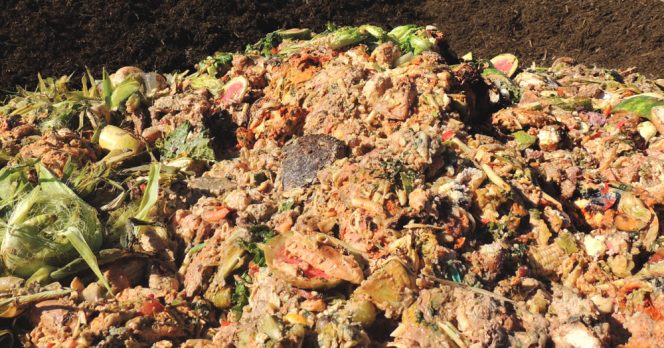
City of San Diego staff’s experience indicates that the best way to overcome barriers to source reduction and food donation is to show businesses how much and what types of food they were sending to organics diversion via composting at the City’s Greenery. Photo by Doug Pinkerton
San Diego is home for many large venues, and is a well-known tourist destination in the U.S. and internationally. The waste diversion programs that these venues have successfully implemented have a profound beneficial impact on the region. They also help to serve as models for many other national and international large food generators to follow in their footsteps.
Ana Carvalho is an Environmental Specialist with the City of San Diego, California.
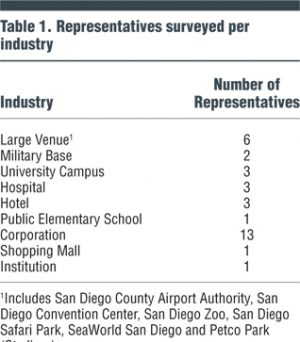
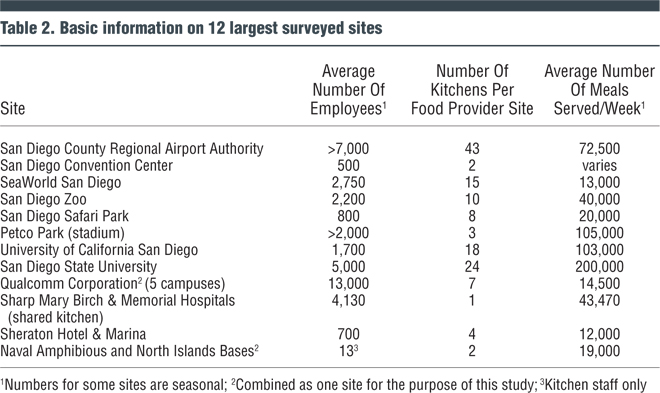
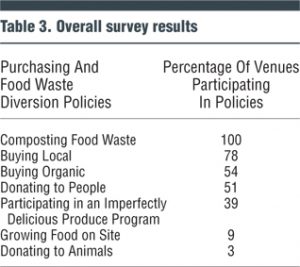
Correction, November 7, 2017:
The article erroneously reported that Sea World San Diego had a small program that diverts fish purchased for human consumption to their animals.


